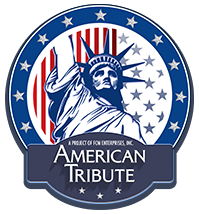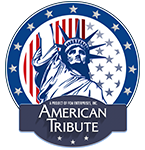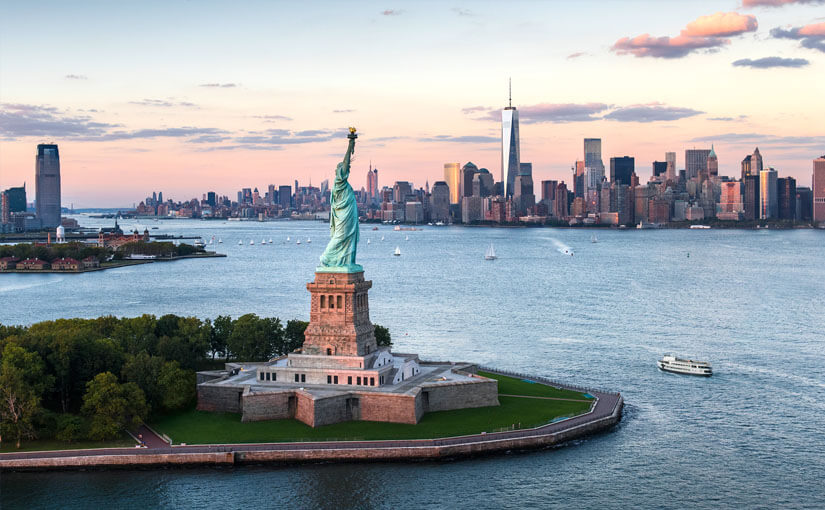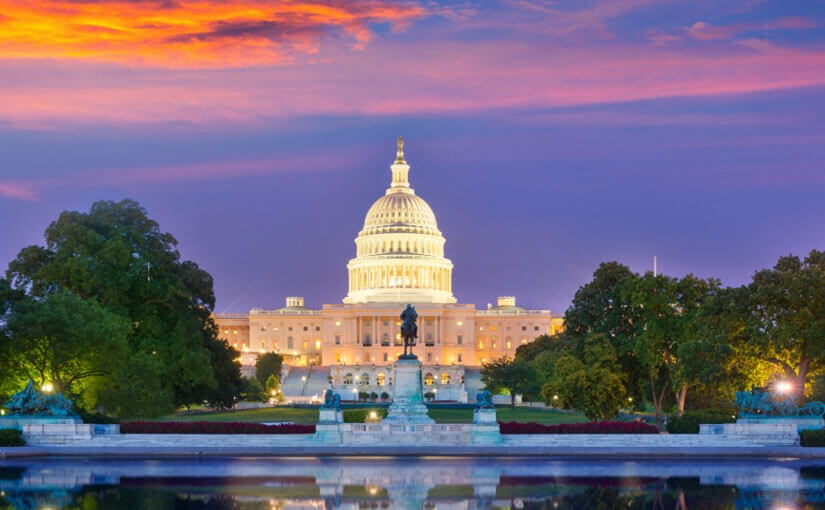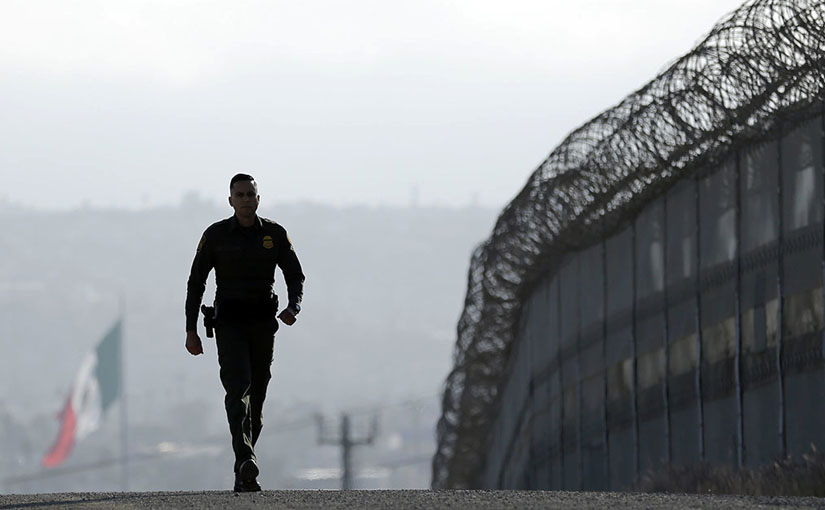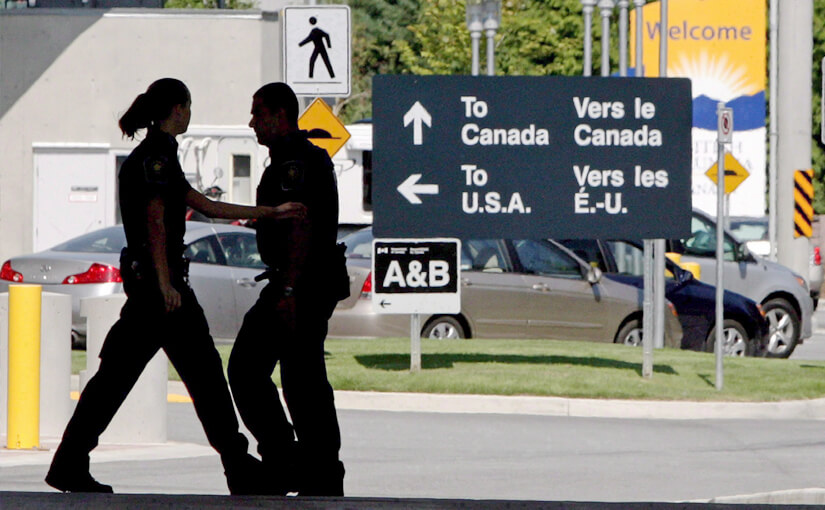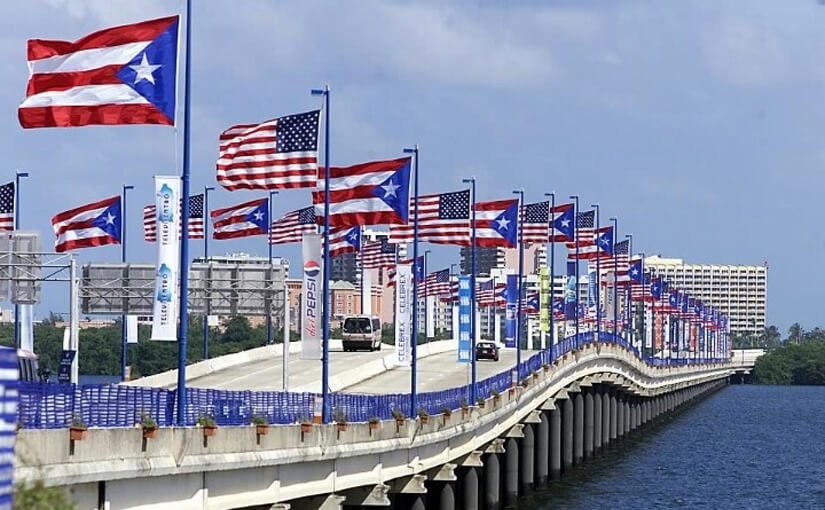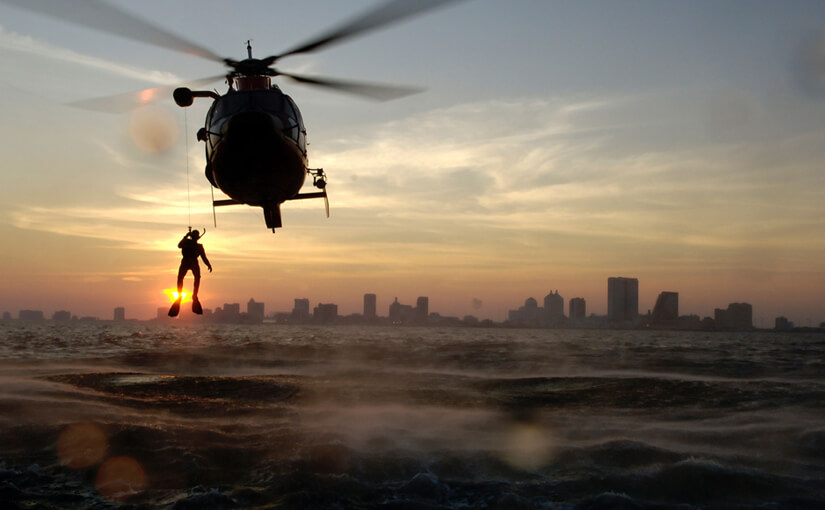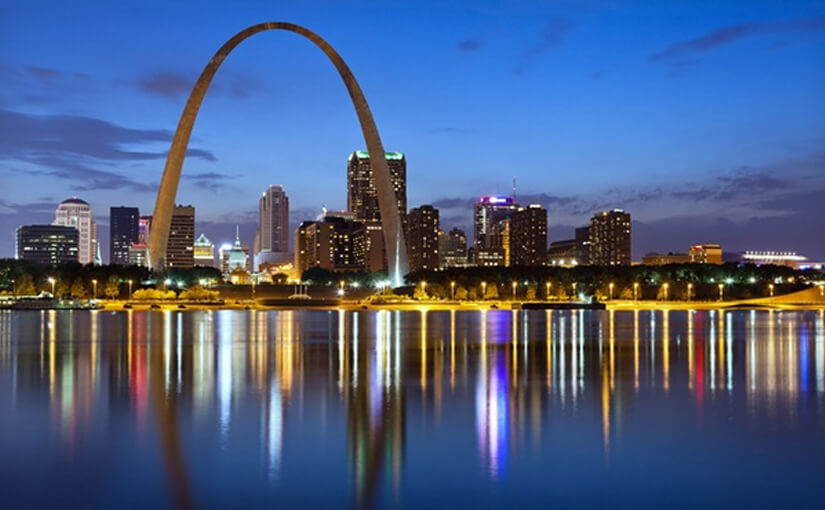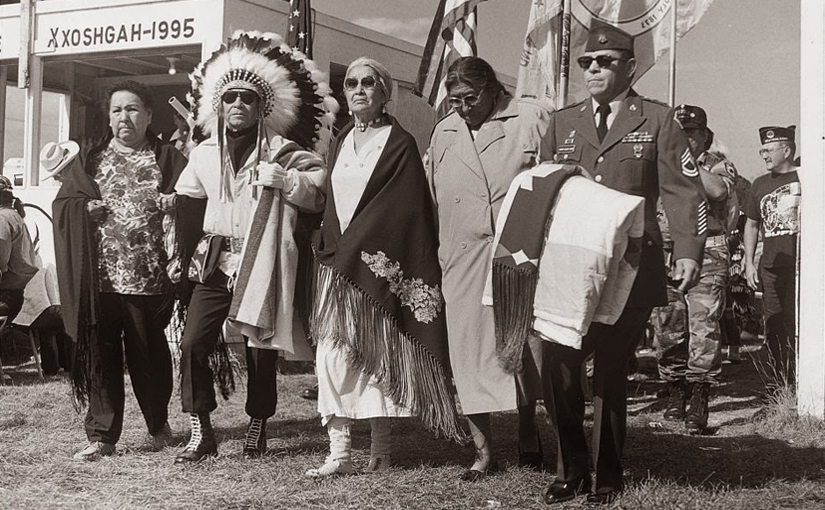- Because there were 13 original colonies
- Because the stripes represent the original colonies
There are 13 stripes on the flag because there were 13 original colonies. We call the American flag “the Stars and Stripes.”
For 18 years after the United States became an independent country, the flag had only 13 stripes.
In 1794, Kentucky and Vermont joined the United States, and two stripes were added to the flag. In 1818, Congress decided that the number of stripes on the flag should always be 13.
This would honor the original states that were colonies of Great Britain before America’s independence.
** As you prepare for U.S. citizenship, Learn About the United States: Quick Civics Lessons will help you study for the civics and English portions of the naturalization interview. There are 100 civics (history and government) questions on the naturalization test.
During your naturalization interview, you will be asked up to 10 questions from the list of 100 questions. You must answer correctly six (6) of the 10 questions to pass the civics test.
